Nuclear tests determine the effectiveness and explosive capability of nuclear weapons. Most nations that have developed nuclear weapons have tests of them. Nuclear testing has often been used as presentation of scientific and military strength. There are two types of bombs which release energy from the nuclei of atoms. The simplest kind is an atomic bomb. It releases great quantities of energy through a process called nuclear fission. It is a large unstable (radioactive) element like uranium or plutonium. Another type is the hydrogen bomb, or thermonuclear bomb, which releases an even greater quantity of energy through nuclear fusion.
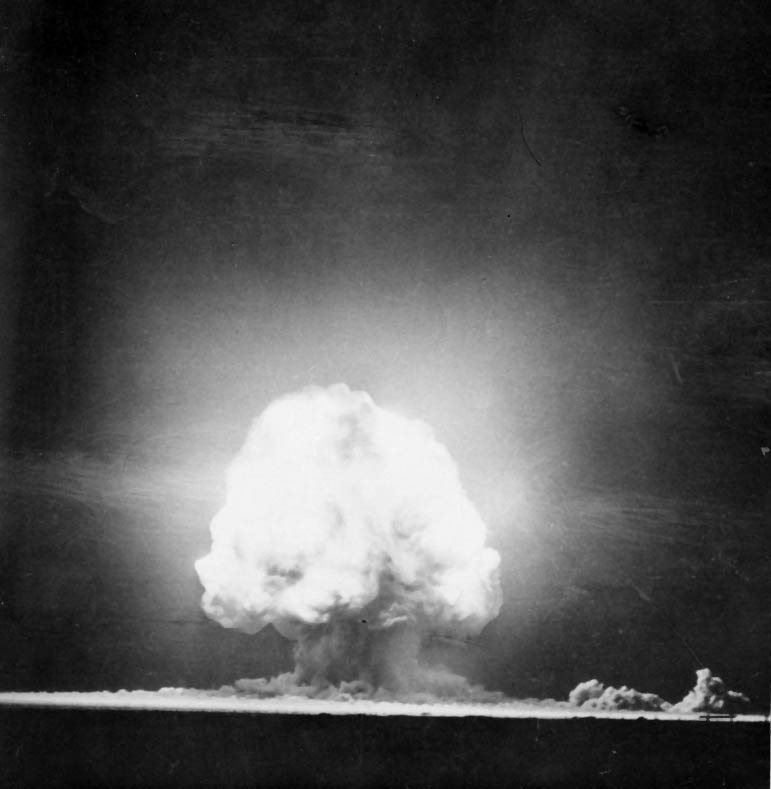
Trinity Test, July 16, 1945 – Worlds first atomic bomb detonation at Trinity site in the southern New Mexico
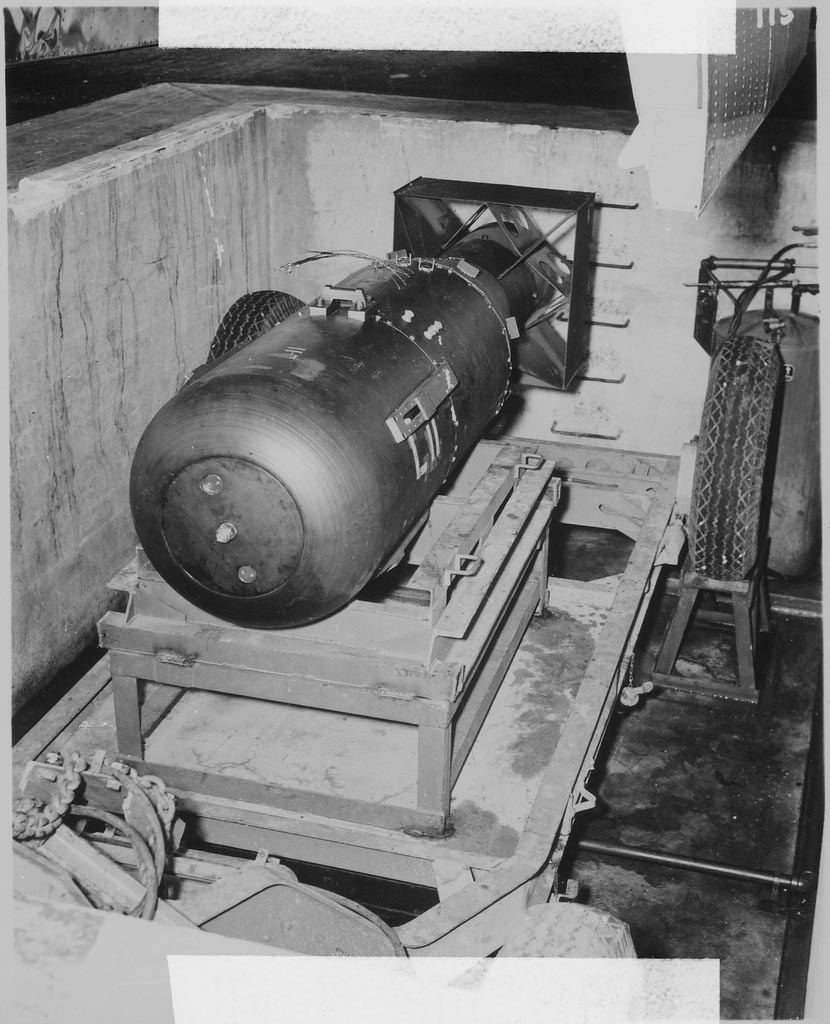
Little Boy unit, August, 1945 – The bomb that was dropped in Hiroshima
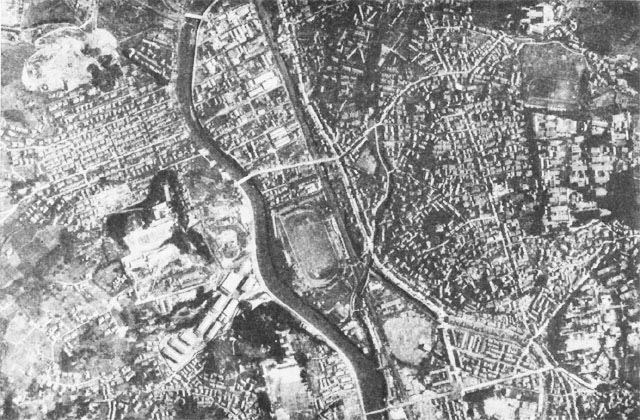
Nagasaki, August 9, 1945 – Aerial view of Nagasaki before the bombing
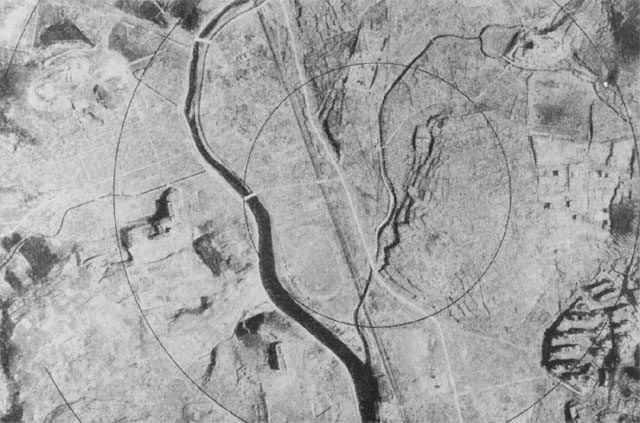
Nagasaki, August 9, 1945 – Aeriel view of Nagasaki after the bombing
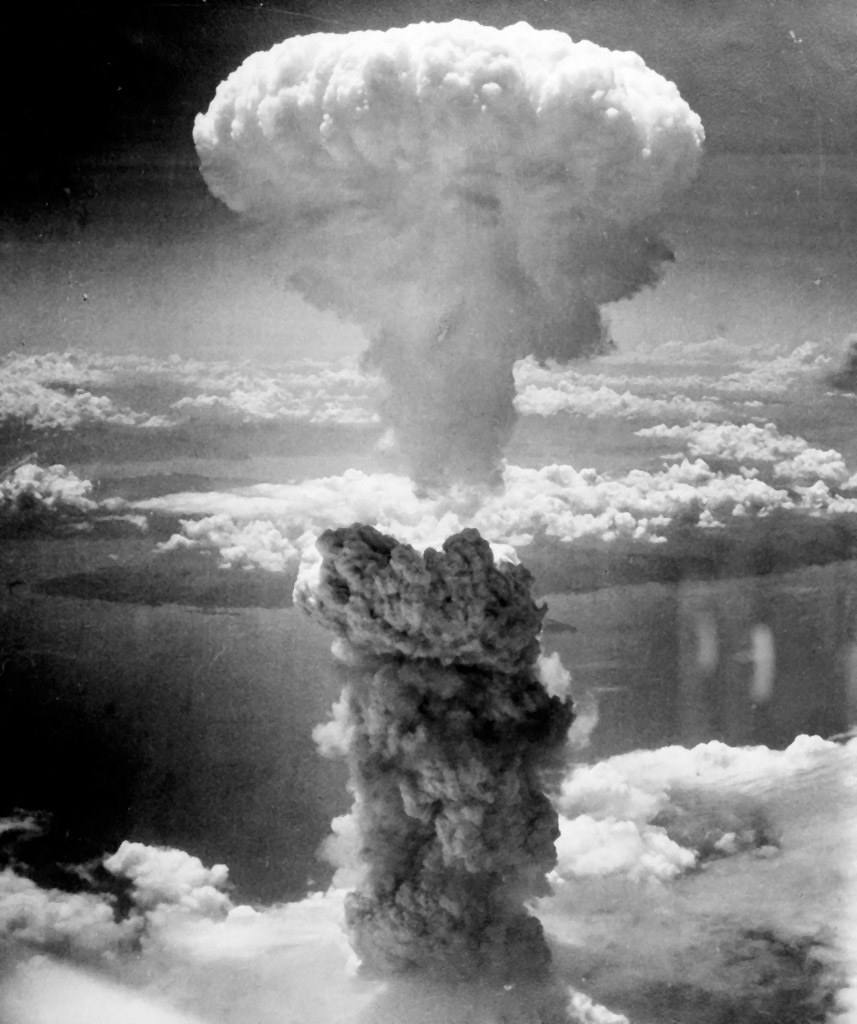
Nagasaki, August 9, 1945 – Atomic bombing of Nagasaki
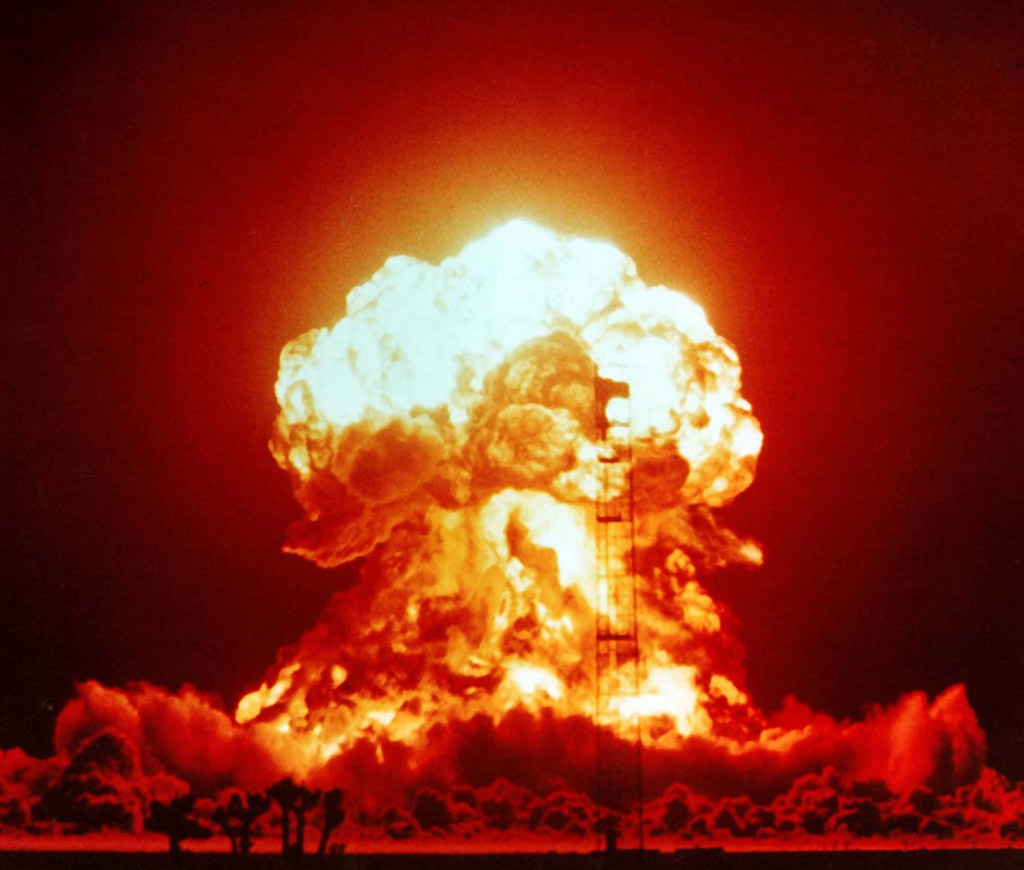
Nevada The XX-34 BADGER explosion, April 18, 1953 – Operation Upshot-Knothole
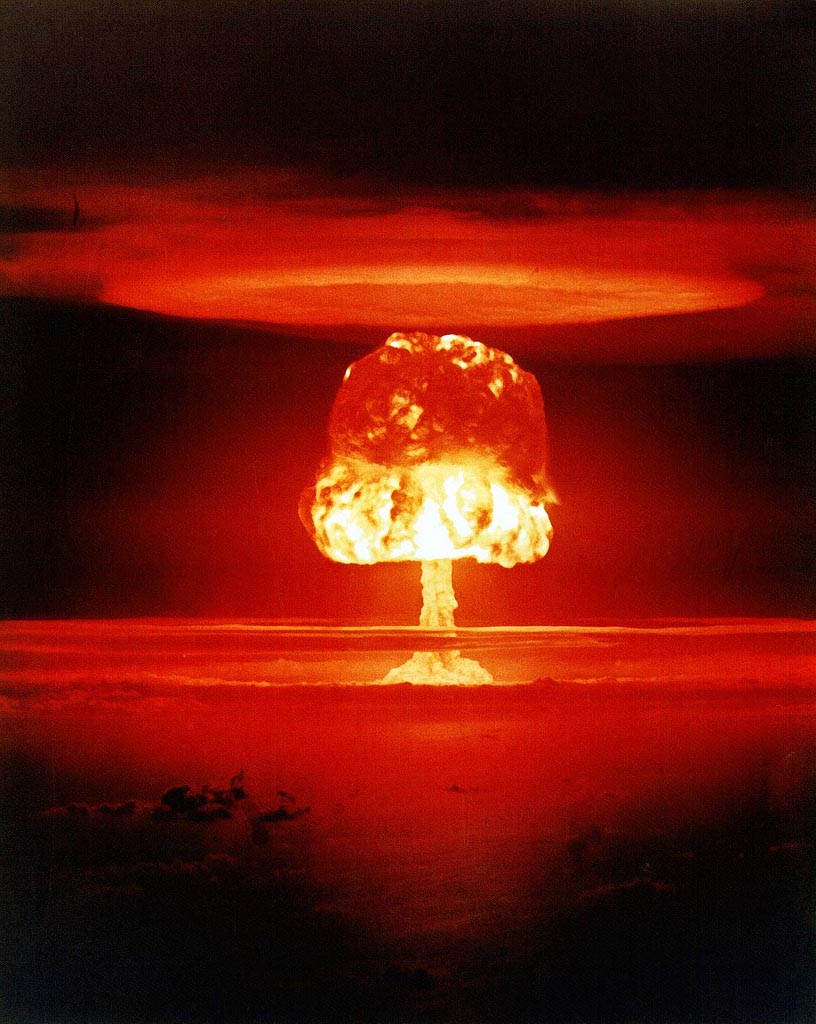
Bikini Atoll, Marshal Islands, March 1, 1954 – Operation Castle, the first deployed U.S. thermonuclear bomb
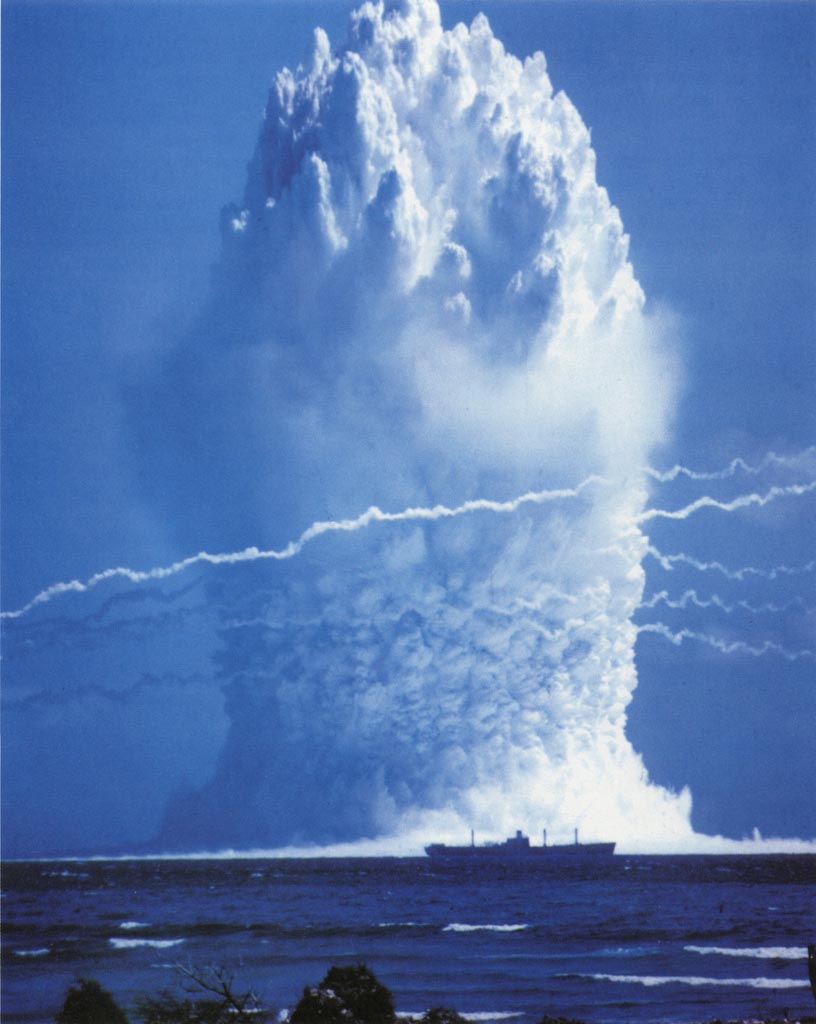
Eniwetok Atoll, U.S., June 8, 1958 – Hardtack Umbrella underwater nuclear test
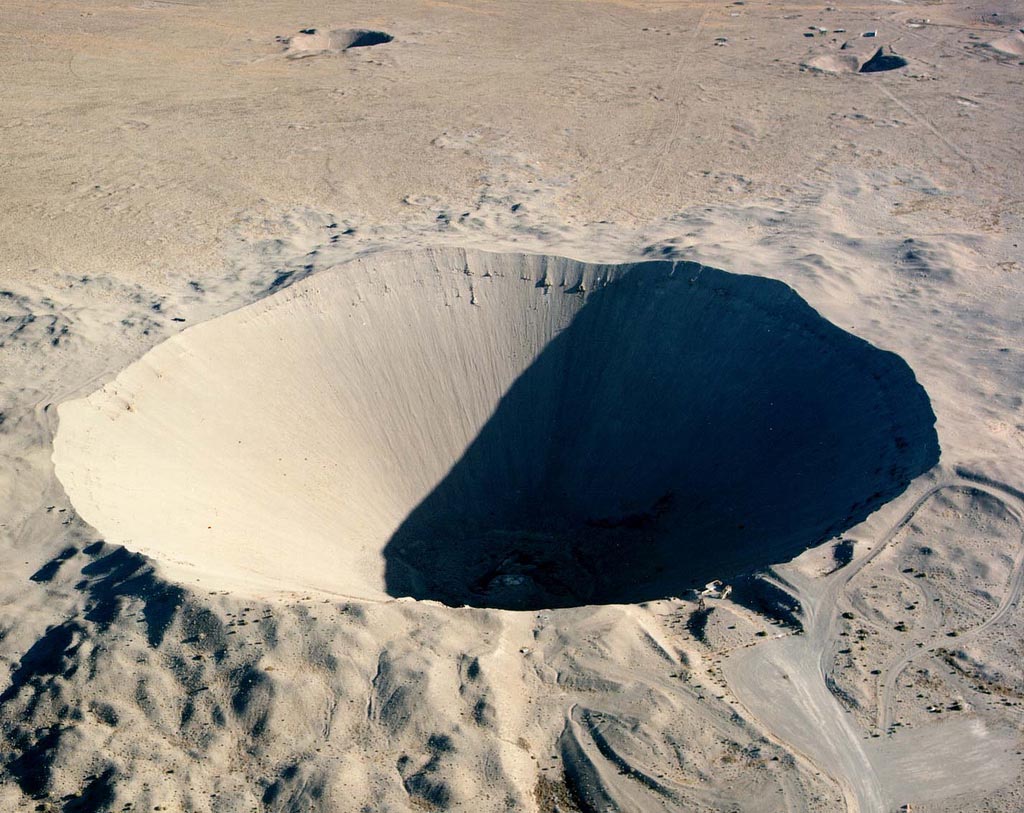
Sedan Plowshare Crater, 1962 – Operation Plowshare. The 104 kiloton blast displaced 12 million tons of earth and created a crater 320 feet deep and 1,280 feet wide
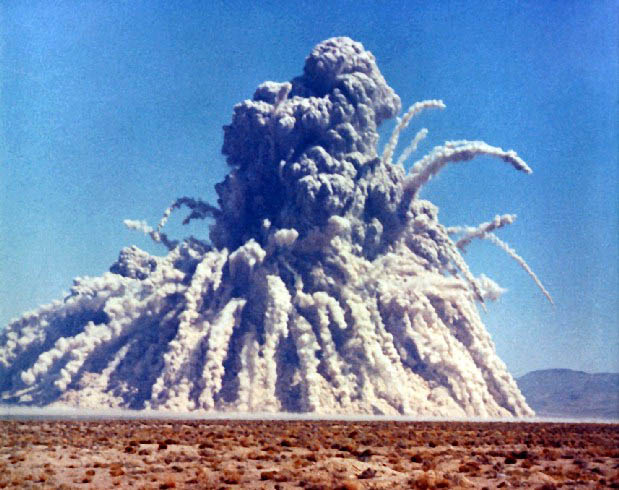
Storax Sedan, July 6, 1962 – used for a crater experiment. 6 July 1962 (GMT), Nevada Test Site – Yield: 104 kt.
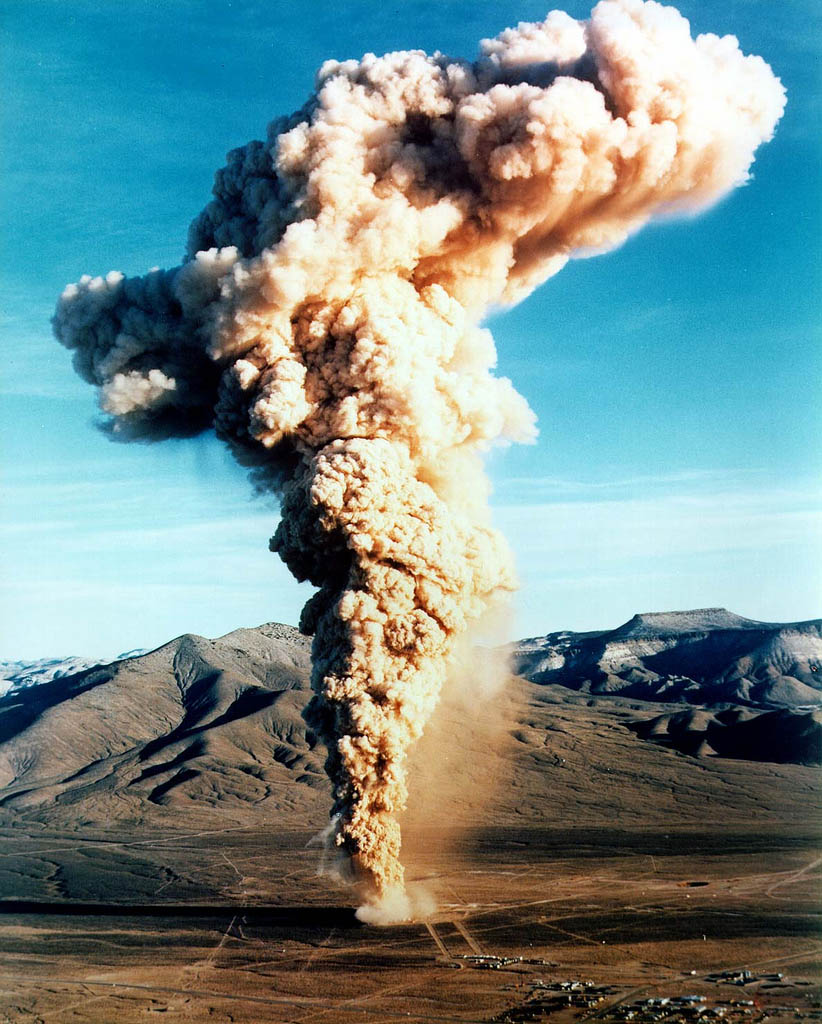
Blaneberry – December 18, 1970 – Operation Emery, underground nuclear test at the Nevada Test Site – Yield: 10kt
images by U.S Government

 International Day Against Nuclea...
International Day Against Nuclea...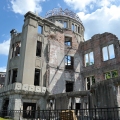 Walk around Genbaku Dome in Hiro...
Walk around Genbaku Dome in Hiro...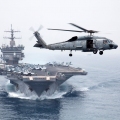 The Worlds First Nuclear-powered...
The Worlds First Nuclear-powered...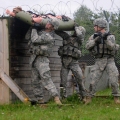 The U.S. Army Best Warrior Compe...
The U.S. Army Best Warrior Compe...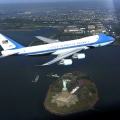 Air Force One – The Safest...
Air Force One – The Safest...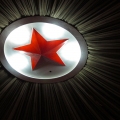 Inside North Korea
Inside North Korea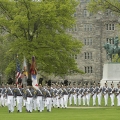 The U.S. Military Academy at Wes...
The U.S. Military Academy at Wes...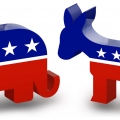 Who Will Win the 2012 U.S. Elect...
Who Will Win the 2012 U.S. Elect...


